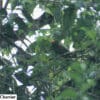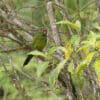El Oro Conure
Also known as:
El Oro Parakeet, Orces parakeet
Also known as:
El Oro Parakeet, Orces parakeet
DID YOU KNOW?
Wild El Oro Conures have been observed drinking out of small bromeliads, which are fleshy, green plants that trap rainwater.

Pyrrhura

orcesi
Size:
22 cm (8.6 in)
Weight:
65-75 g (2.3-2.6 oz)
Subspecies including nominate:
one
Colour Adult:
Male-mainly green in colour; red lores and forehead; slight dull maroon tinge on abdomen; red bend of wing, carpal edge and primary coverts; green tail with dark brown/maroon tip. Beak horn in colour. Eye ring bare and pink/white. Eye dark brown. Female-as in male but with green lores and minimal red on forehead.
Colour Juvenile:
In general duller than female; minimal red on forehead and bend of wing; maroon on abdomen absent.
Call:
Calls in flight are harsh and trilling; quieter, chirruping notes while perched.
More Information:
Content Sources:
CITES
BirdLife International
Cornell Lab of Ornithology/Birds of the World
A Guide to Parrots of the World, Juniper and Parr, 1998
Parrots of the World, Forshaw, 2006. 2010 edition
Vanished and Vanishing Parrots, Forshaw, 2017.
H. M. Schaefer in litt. 2012.
Captive Status:
Not seen in aviculture.
Longevity:
—
Housing:
—
Diet:
—
Enrichment:
—
Nest Box Size:
—
Clutch Size:
Not recorded.
Fledging Age:
—
Hatch Weight:
—
Peak Weight:
—
Weaning Weight:
—
World Population:
350-1500 individuals, decreasing.
IUCN Red List Status:
Endangered
CITES Listing:
Appendix II
Threat Summary:
A BirdLife “restricted-range” species. Is at risk because of wide-ranging deforestation in W Ecuador. Also threatened by loss of genetic diversity caused by population bottlenecks (events that drastically reduce the size of a population).
Range:
Found on the west slope of Andes in SW Ecuador.
Habitat:
Found from 600-1200 m (1968-3936 ft) in moist epiphyte-rich cloud forest, in the upper tropical zone in primary forest. Also may be seen in orchards and gardens with remnant patches of wet forest nearby.
Wild Diet:
Recorded food items include seeds, fruits and blossoms, including Cecropia flowers, Ficus and Hyeronima fruits, and Heliocarpus popayanensis.
Ecology and Behaviour:
Seen in flocks of 4-12 individuals and sometimes up to 60. Noisy and conspicuous in flight. Feeds quietly in upper stages of the canopy, repeatedly returning to the same fruiting tree. May undertake seasonal altitudinal movements.
Clutch and Egg Size:
Not recorded.
Breeding Season:
March-July.
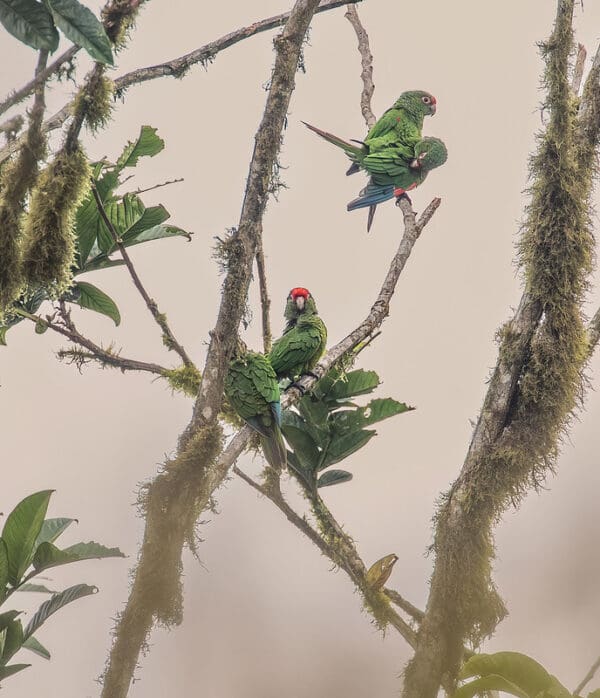
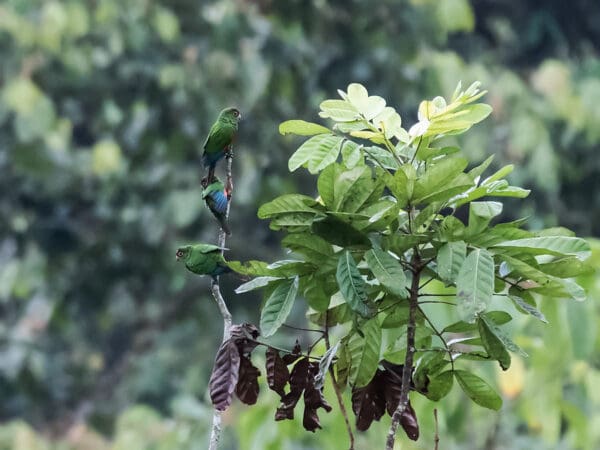
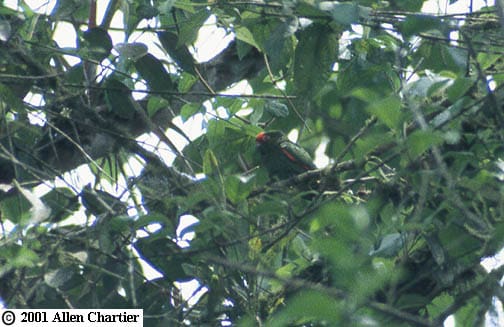

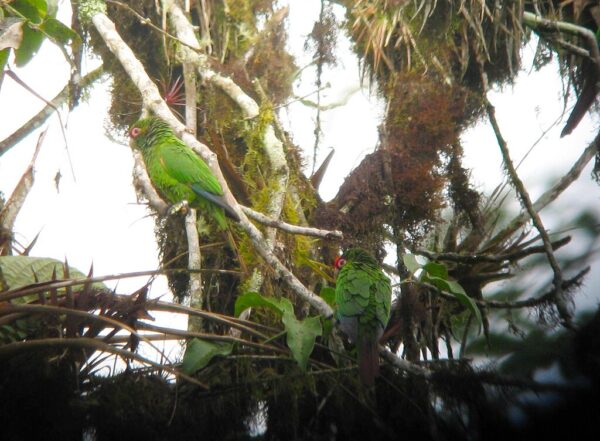
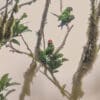
![© Nick Athanas [CC BY-SA 2.0] via Flickr Wild El Oro Conures cling to a branch](https://parrots.org/wp-content/uploads/2023/01/wpt_El-Oro-Conure_1354-1-100x100.jpg)
